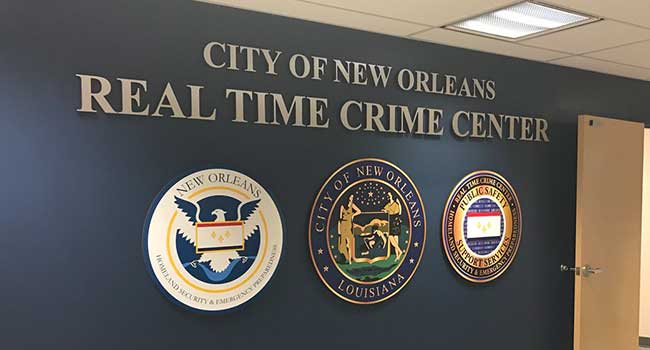
One Year Later: New Orleans' Real-Time Crime Center
New Orleans' Real-Time Crime Center has helped to solve numerous crimes over the last year.
- By Sydny Shepard
- Dec 06, 2018
New Orleans' Real-Time Crime Center has helped the city to become a safety place, according to city officials earlier this week. Just one year after the implementation of the center, New Orleans' Mayor LaToya Cantrell and NOPD Superintendent Michael Harrison expressed confidence in the center's overall ability to help police and investigators in several crimes around the city.
The center has hundreds of live camera feeds and an 18-member staff that have helped solve violent crimes citywide, notably raising clearance rates in tourist-heavy parts of downtown and salvaging police man-hours. The camera feeds have also aided in responses to flooding and illegal dumping, according to officials.
"In our first year, we have successfully deployed technology, training staff and streamlined operations to support our public safety agencies on the ground," said Collin Arnold, director of the city's Office of Homeland Security and Emergency Preparedness, which oversees the Real-Time Crime Center.
The officials believe this first year of the center has only really scratched the surface of its bandwidth, features and ability to create a safer city for New Orleans residents and visitors. The Real-Time Crime Center is looking to expand the number of surveillance feeds as residential and commercial cameras become more integrated into the system. For example, the World War II Museum has integrated its 50 cameras into the system.
The Real-Time Crime Center could also access 6,000 cameras registered through the SafeCam NOLA and SafeCam Platinum programs, which allow residents, businesses and others to register their private cameras with the city to allow police to quickly locate camera footage after a crime occurs.
The center will also begin to be used in more ways, such as partnering with EMS and fire agencies to use real-time footage to investigate fires or find the least-trafficked routes to the hospital.
About the Author
Sydny Shepard is the Executive Editor of Campus Security & Life Safety.